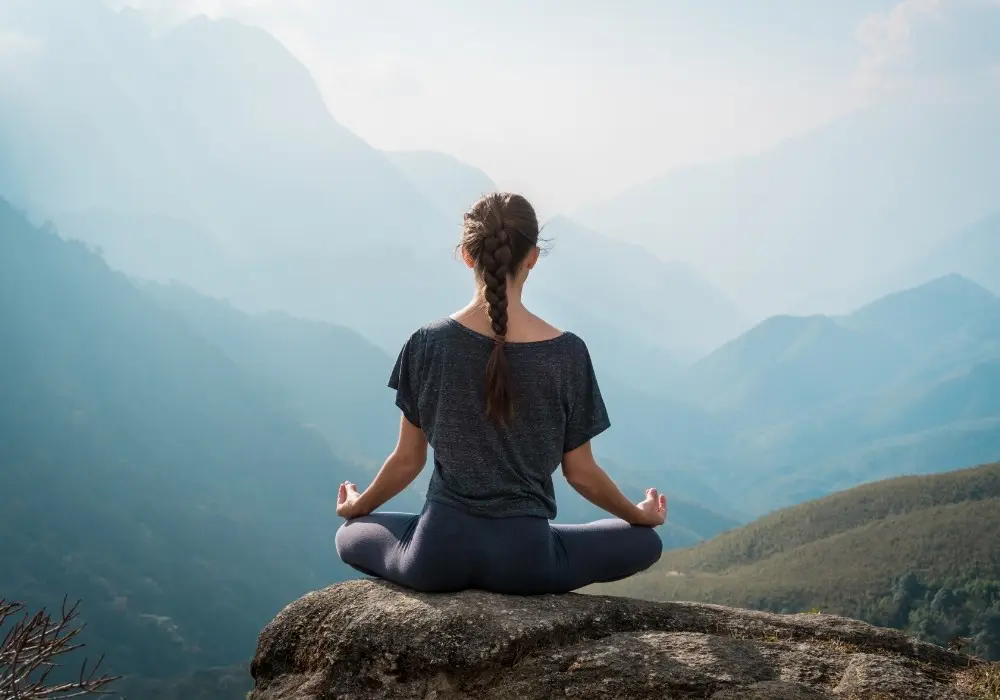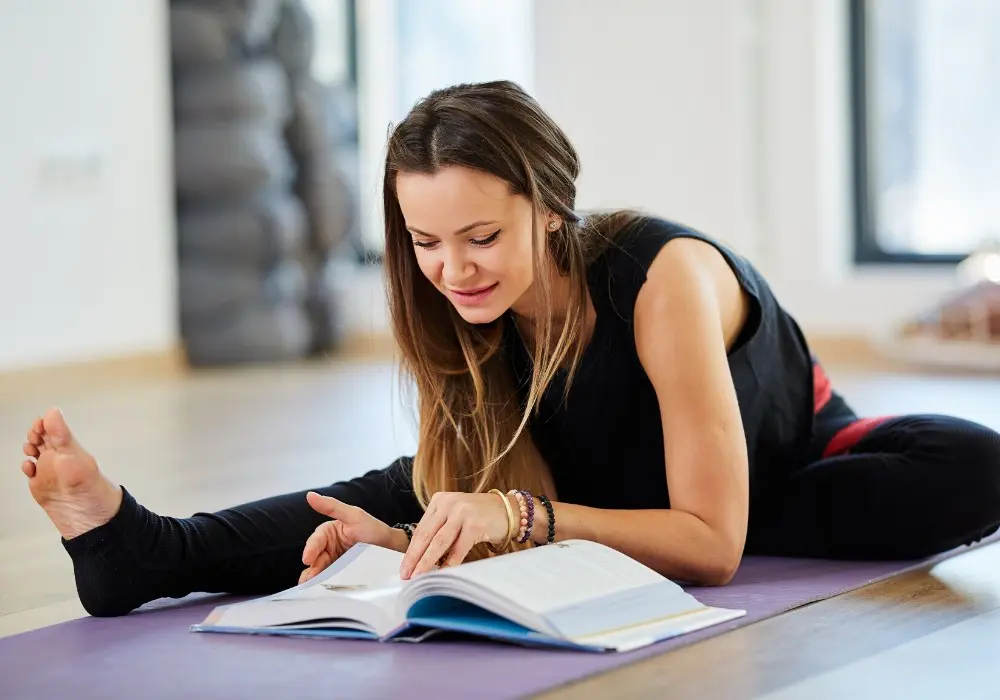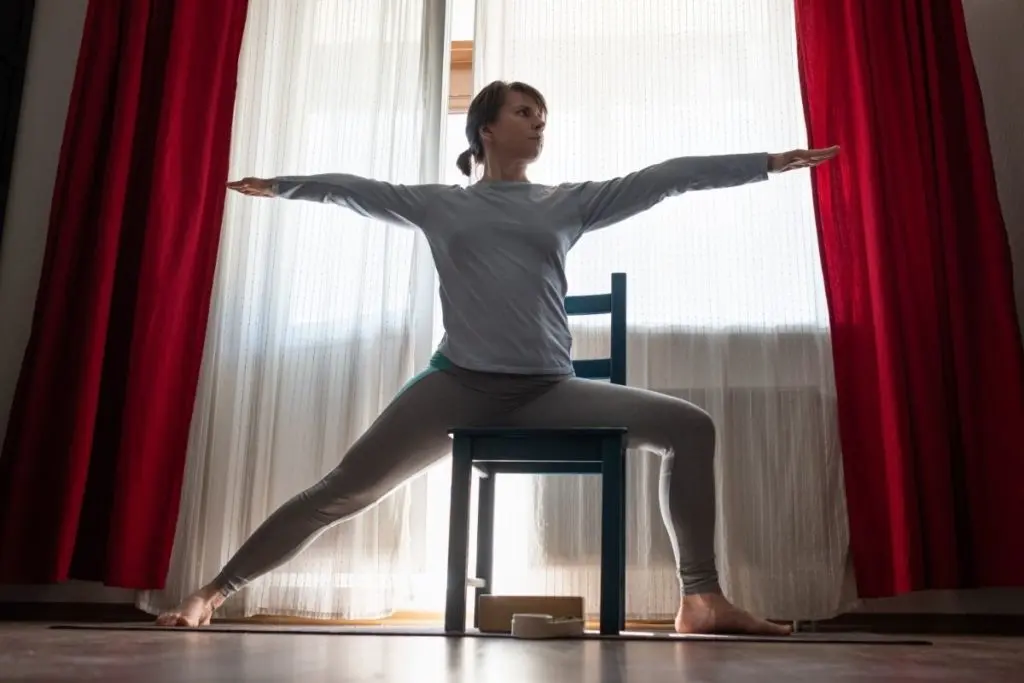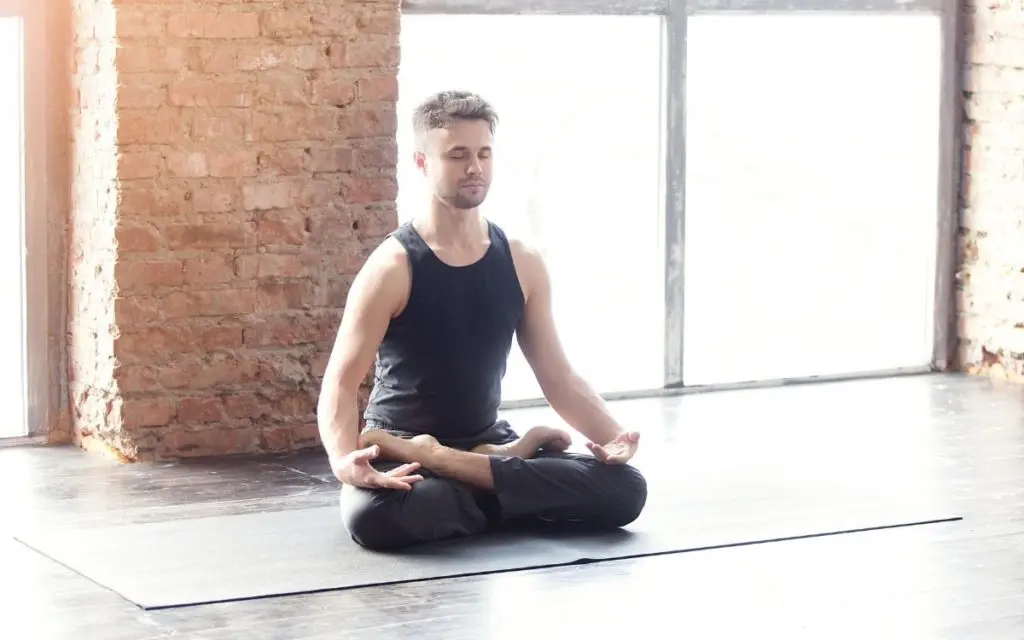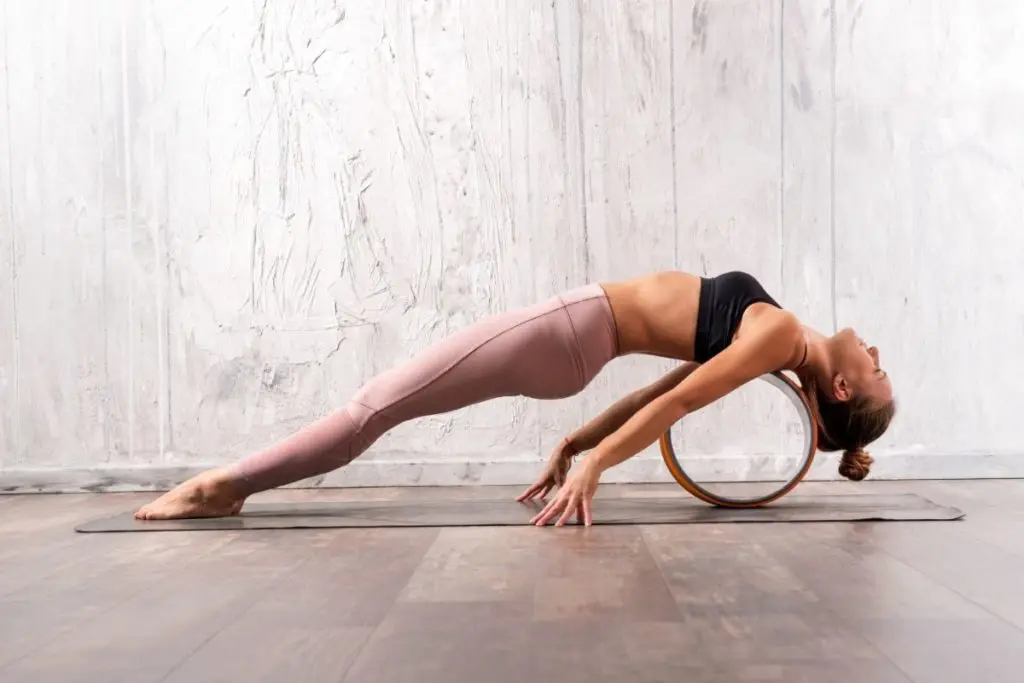Daily meditation can have enormous benefits on your mental and physical health. Consistent meditation reduces stress, improves sleep quality, increases concentration, helps manage pain, and more. Adding this practice to your daily routine has positive long-term impacts that are unmatched by any other mental exercise. The best time to meditate varies person-to-person, but you can find a time that fits your routine.
There are different forms of meditation for you to choose from. Researchers have determined a handful of times that are the best times of day to meditate. Remember that meditation is a profoundly personal and flexible practice. You can mold your meditation to fit your lifestyle perfectly. For a calm mind and relaxed body, adopt a meditation practice into your routine. These are the best times to meditate for the greatest benefits.
When is the Best Time to Meditate?
Alright, so let’s first talk about when to meditate — not merely what time of day. Identifying bodily reactions throughout the day can help you determine when to meditate — even if it’s only a short session.
Anytime you’re feeling stressed or overwhelmed throughout your day is the best time to meditate. Taking a few short moments to breathe and calm your mind can help you navigate your stressor with a clearer perspective. Along with this, there are a few times of the day that you should schedule your meditation.
In the Morning
First thing when you wake up in the morning is hands-down the best time to meditate for the greatest benefits. Your mind is fresh and without the weight of a day’s stressors. A morning meditation wakes up the parts of your brain that are responsible for happiness and contentment. This allows you to start your day feeling refreshed and energized.
In the Evening
After a long, stressful day, meditating can be a relaxing way to unwind the mind and prepare for a good night’s sleep. An evening meditation practice can help cleanse your mental pallet. It’s a time to avoid thinking about what happened during the day or what might happen tomorrow, but instead be in the present moment.
During Lunch
For some, taking pause midday to meditate can be incredibly beneficial. It provides your mind and body with the opportunity to be momentarily removed from your daily hustle to sit in silence and focus on breathing. It can set you up for a productive and stress-free rest of the day.
There is no “right” or “wrong” time to meditate. It’s vital that you choose a time of day that reaps the most considerable benefits for you. Meditating daily offers unmatched benefits that can drastically improve your mental and physical health.
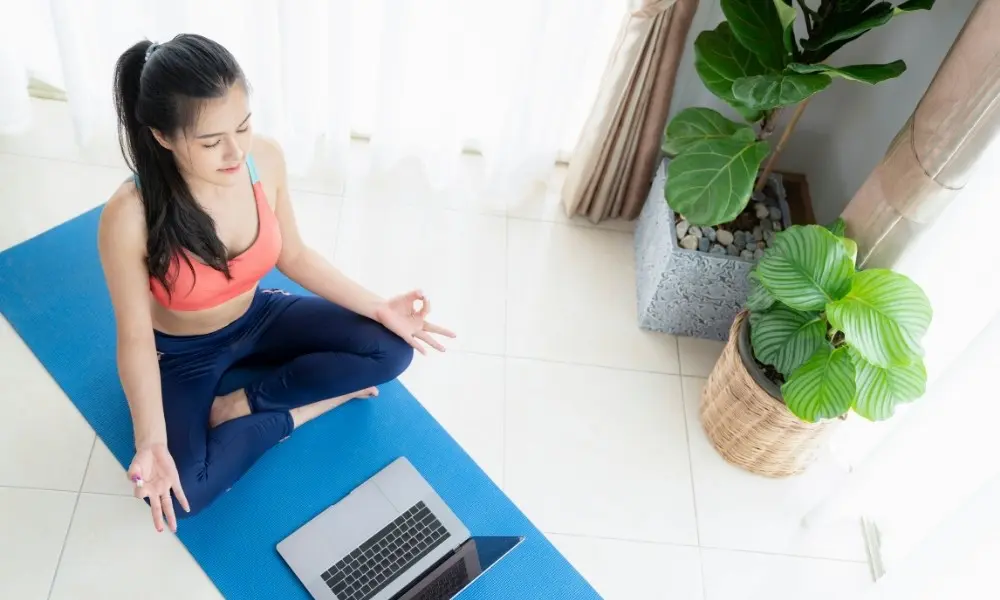
Why Should You Meditate?
You don’t have to meditate for hours a day to experience the benefits. A consistent 10-minute daily practice will offer more benefits than one of longer duration. When we meditate, our frontal and parietal lobes, responsible for making decisions and analyzing information, are turned off. The thalamus slows down, reducing incoming sensory information and allowing your mind to focus inward.
Effectively, your mind is getting a break from external stimuli. When our minds get constantly bombarded by information, sounds, smells, and sights, it becomes hard to focus on the present moment. We are endlessly distracted with parts of our brain on constant high-alert. Providing some relief can help you feel more relaxed and focused throughout the rest of the day.
Universities and researchers around the world have extensively documented the effects of meditation. Some of the most pronounced and consistent effects include a reduction in stress, increased creativity, better sleep, improved memory function, more compassion, less anxiety, and better focus. What most people practicing meditation might not know is that a consistent meditation practice leads to an increase in grey matter in the brain. Grey-matter is responsible for increased concentration and feeling good. Meditation can make a physical change to your brain.
What Kind of Meditation Should You Practice?

There are hundreds of meditation techniques that originated in different cultures, traditions, and spiritual practices from across the world. There is no single type of practice considered the “best,” but finding one that is best suited for you is possible.
Guided Meditation
When you’re first starting to meditate, a guided meditation might be a good option. In this practice, a teacher guides you through a simple meditation that focuses on your breathing and posture. Once you feel comfortable with these basic techniques, you can transition to independent meditation practice.
Calming & Insight Meditation
There are two main types of meditation that most people practice: calming and insight. Calming meditation eases your mind and body of stress and anxiety. These practices focus on your breathing and relaxing your muscles. Insight meditation begins with an intention. Maybe you want to gain confidence or have more energy. These meditation practices are structured around this goal and help you focus your mind on attaining it.
Mantra & Transcendental Meditation
For some, sitting quietly in their meditation works well. For others, having a mantra to guide them through the practice can help focus their attention. In mantra meditation, you will select a word or phrase that, when repeated, creates subtle and lasting inner change. This is similar to transcendental meditation. Here, you will again choose a mantra that has no meaning to you and repeat this mantra during your twice-daily 20-minute meditations. Transcendental meditation, or “TM,” is often first taught by teachers before students set out on their own.
How Do You Meditate?
Once you’ve chosen a kind of meditation that you’re most interested in, it’s time to prepare your space to meditate. Your meditation is a fully-customizable experience. However, there are a few key elements to keep in mind if you wish to evoke the most benefits from your practice.
1
Find a quiet space.
Make sure you’re in a quiet location where you won’t be disturbed. If you’re doing a guided meditation, try putting in headphones to listen. If you’re practicing unguided, listen to relaxing music.
2
Set the mood.
Light a candle or burn incense if you want to smell something relaxing. Rubbing skin-friendly essential oils on your wrists and temples can help relax the body and mind.
3
Drift into meditation.
Sit in a comfortable position. Most meditation practices ask that you sit with your legs crossed and back straight. This posture is ideal for airflow during breathing techniques. However, if it’s more comfortable to lay on the ground on your back, that’s okay. Just be sure that you’re not too comfortable to avoid drifting off to sleep.
Remember that we practice meditation. No one is a professional immediately. With time and patience, you’ll soon be skilled at meditation.
Further Reading
